Blue carbon refers to the carbon that the world's oceans and coastal ecosystems store. Carbon dioxide (CO2) is emitted by all human activities, such as the use of fossil fuels for energy and transportation, the production and use of goods, waste disposal, and changes in land usage. By sequestering CO2, our oceans and coasts offer environmental protection, energy efficiency, and renewable energy initiatives.
In this article, you will learn about blue carbon projects and their impact on marine ecosystems.
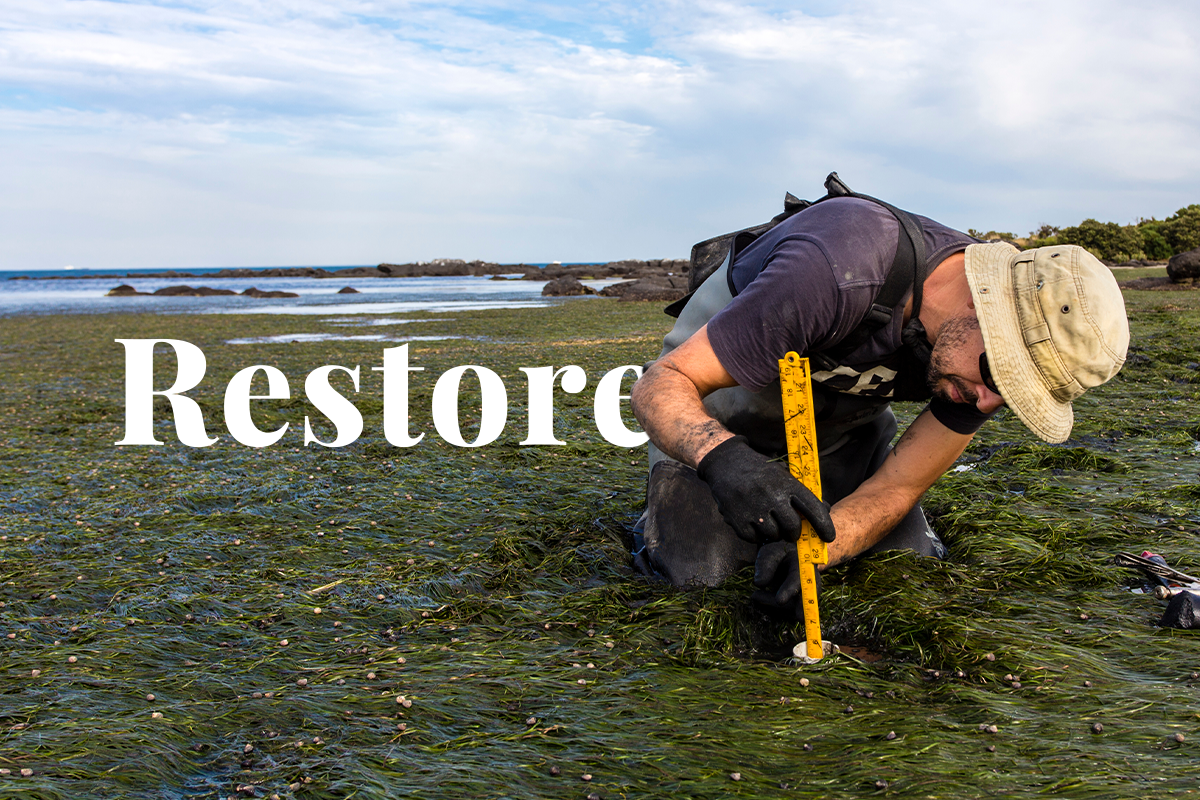
What is blue carbon?
Blue carbon encompasses a wide range of ecotypes and project activities, making it a very broad category. Blue carbon, for instance, can refer to any type of coastal or marine habitat, including mangroves, seagrass, seaweed, salt marshes, and others, that store carbon.
Aquatic farming, hydrological treatments, revegetation, and other activities are included in blue carbon initiatives. Blue carbon projects continue to expand as new technology, studies, and approaches are created.
Read about: Blue carbon: An emerging solution for carbon offsetting
From being a specialised field of academic literature, blue carbon is now one of the most talked-about subjects in the global voluntary carbon market (VCM).
It is regarded as the nascent field of nature-based solutions (NBS) and the second-largest contributor to issued credits globally (after credits from the production of renewable energy). This is partly because blue carbon ecosystems have enormous carbon reserves and partly because they can provide great co-benefits.
Blue carbon not only provides what the VCM has been asking for, but it also provides new opportunities to deliver it.
What are blue carbon projects?
Blue carbon projects are projects that safeguard and restore marine and coastal habitats. Projects involving mangroves, seagrass, and salt marshes, are considered blue carbon initiatives. Mangrove forests have been a popular option among these blue carbon projects. Even when compared to the settings on land with the highest concentrations of carbon, all three ecosystems—mangroves, salt marshes, and seagrasses—serve as what's known as a carbon sink.
What are the types of blue carbon projects?
Blue carbon ecosystems, which include mangroves, salt marshes, and seagrasses, are highly productive coastal ecosystems that are especially important for their ability to store carbon inside plants and the sediments below.
1. Mangroves
Mangroves grow on intertidal landscapes with a particularly high potential for storing carbon along tropical and subtropical coastlines. Mangrove projects store the largest amount of blue carbon and have the highest number of projects and carbon credits. These projects also have a quick accumulation of carbon and relatively low implementation costs. Almost five million blue carbon credits were issued as of the end of 2022 (in contrast, approximately 400 million credits from REDD+ projects had been issued at that time), and nearly 90% of those credits came from just four mangrove restoration projects.
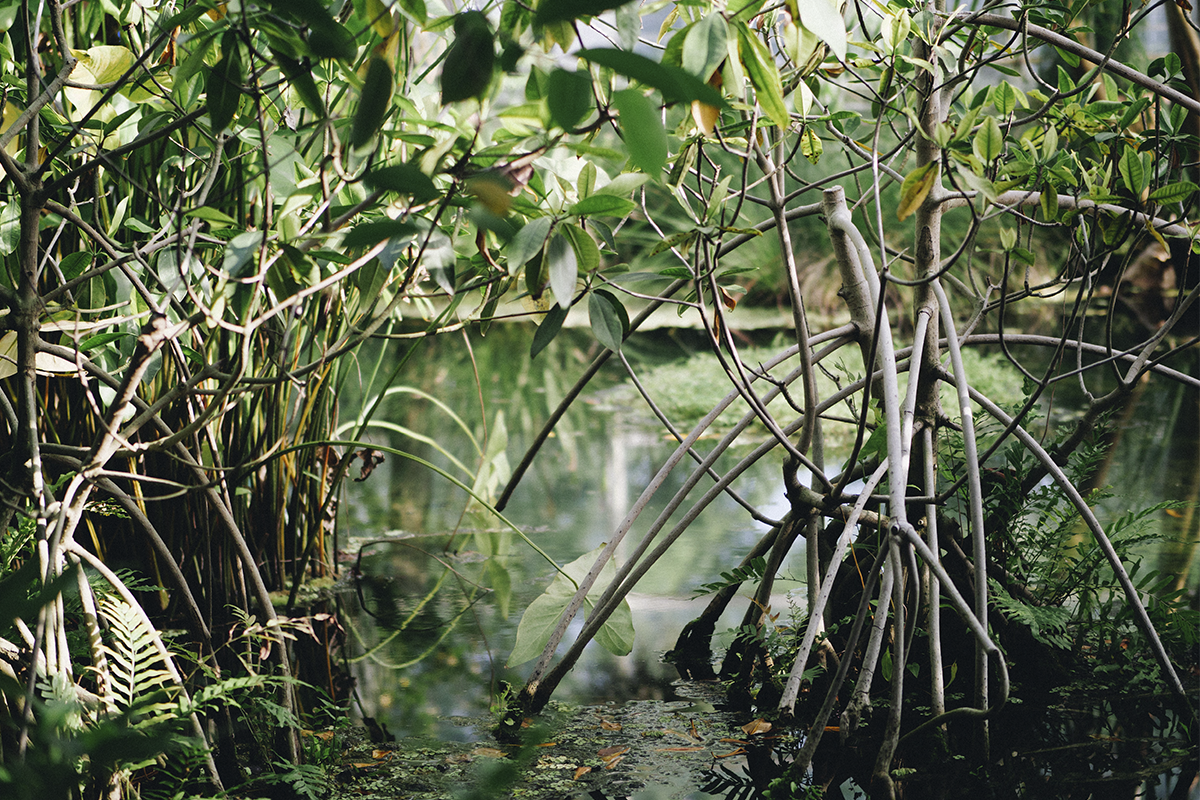
2. Salt marshes
Salt marshes are located near beaches but not in the tropics or subtropics. Because of the harsh, salty circumstances, they have relatively limited diversity and plant life. Although some carbon is stored in the flora, the soils in this ecosystem hold most of the carbon. Hence, the organic carbon deposited in the soil is released back into the atmosphere if marshes are dug up or drained.
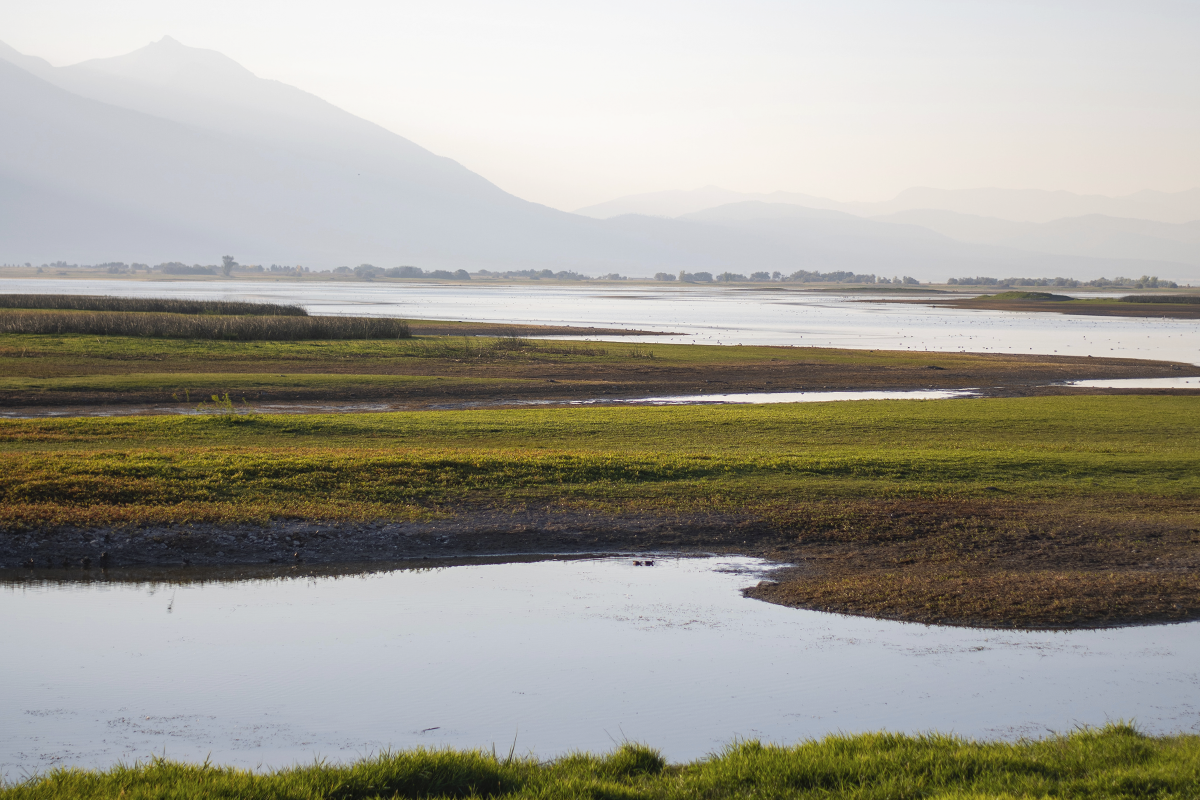
3. Seagrasses
Every continent except Antarctica has seagrass meadows along its coastline, which are blooming plants that grow underwater. The majority of the carbon captured in this ecosystem is kept in the soil as organic matter, just as in other blue carbon systems.
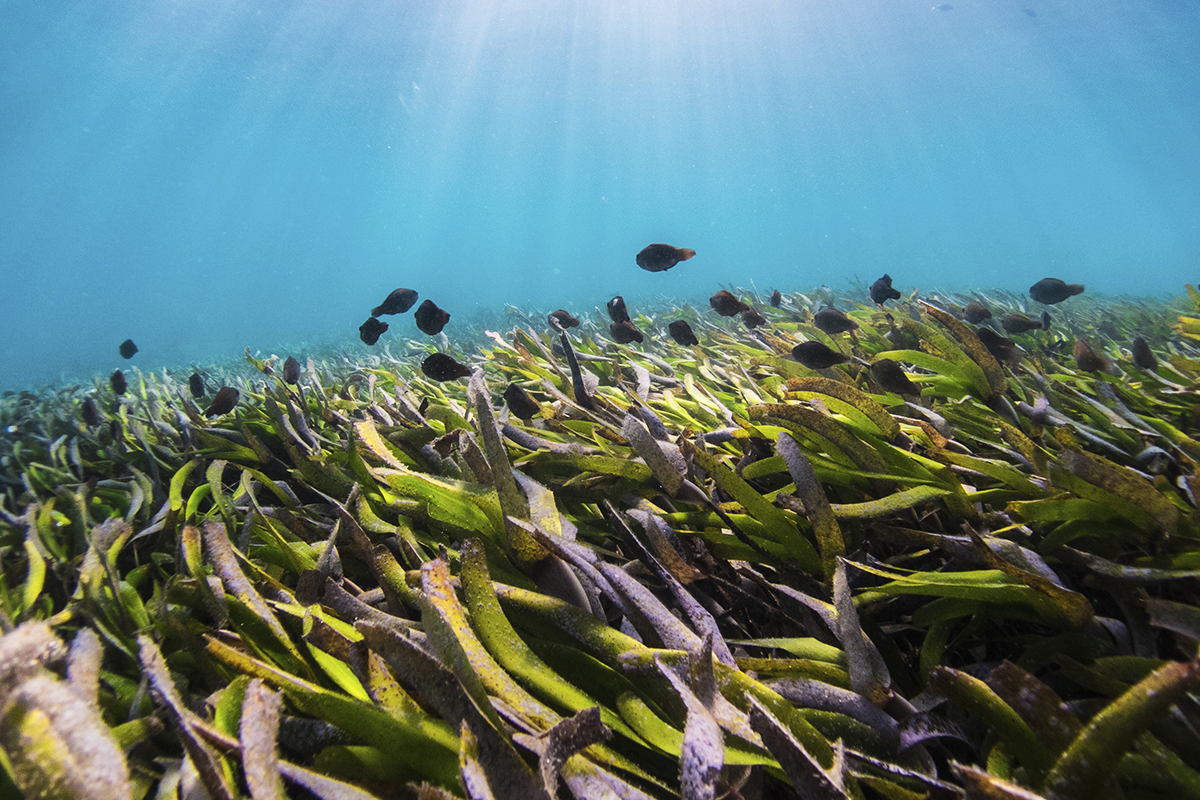
4. Seaweed farming
Seaweed farming is an efficient technique to generate nutritious food for a growing population. Seaweed, unlike terrestrial crops, does not require fertiliser, pesticides, freshwater, or land to flourish, and it grows quickly—some marine algae can be harvested in as little as six weeks. This gives hope for scaled biomass farming because seaweed stores CO2 and produces biofuels.
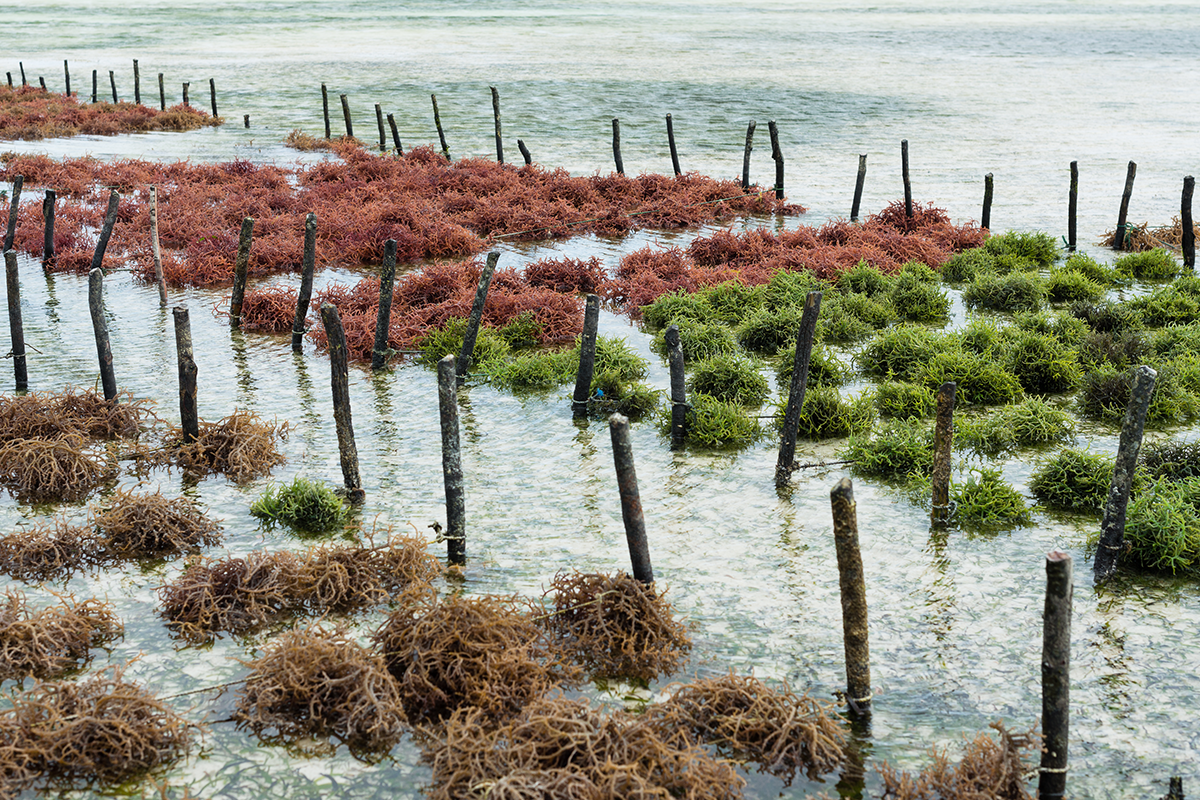
It is noteworthy that, the UK-based company Seafields, raised seed funds to advance its plan to build a seaweed farm in the Indian Ocean, roughly the size of Croatia. The facility has the potential to capture one gigatonne of CO2 annually if completely realised.
Similar goals from the US-based aquaculture business Running Tide, which has a seaweed project as a strategy to offset its emissions, have led to the pre-sale of carbon credits to well-known businesses like Shopify, Stripe, and the Chan Zuckerberg Initiative.
Why does the ecosystem need blue carbon?
As our knowledge of the carbon-storing capacity of coastal and marine habitats is growing, so does the potential for blue carbon projects, which provide a route for funding investments in the conservation of these habitats. This results in more funds being allocated for the preservation and restoration of ecosystems that were previously off-limits to carbon financing.
Blue carbon projects also support local and commercial fishing species by offering and protecting vital habitats and food, sustaining coastal people and livelihoods, filtering water entering our seas and reef systems, and safeguarding coasts from erosion and storm surges. Blue carbon ecosystems cover around 49 million hectares and can be found on every continent except Antarctica.
What is the state of the blue carbon market?
Blue carbon credits are now trading at a significant premium to other NBS credits. According to a recent OPIS analysis, the difference between average blue carbon and high-quality terrestrial REDD+ credits for 2022 vintages is $13. While the commonly used NBS pricing benchmark, N-GEO, has fallen from more than $10 in January 2022 to less than $3 in less than a year, buyers have maintained a strong belief in blue carbon, as indicated by this research on average carbon credits prices.
The Delta Blue Carbon Project's largest open sale of blue carbon credits to date, in November 2022, resulted in a price of $27.80 per credit for all 250,000 credits from the 2021 vintage. Nonetheless, proposals surpassing $35/tonne accounted for more than 30% of the bid volume.
As blue carbon develops in the VCM, we may expect it to retain its unique position, particularly for projects delivering removals. This is fantastic news for NBS project developers who are responding to the necessity for coastal and marine environment protection.
Even the increased implementation challanges of blue carbon projects are unlikely to dissuade more investment because of their relatively high carbon density. There are also some nascent blue carbon solutions whose implications are still unknown, owing to challanges that must still be overcome.
How does DGB Group help reduce carbon emissions?
DGB Group is developing global large-scale, nature-based biodiversity and carbon credits projects. These projects sequester carbon in the drive to help businesses and indivuals reach net zero and they generate additional environmental advantages. DGB also supports and encourages different carbon projects, like blue carbon projects and other initiatives, to reduce carbon emissions, such as switching to clean energy and planting trees.
You also can participate and invest in these projects and reduce your carbon footprint with us and make a positive impact on the planet.
Learn about our nature-based carbon projects





